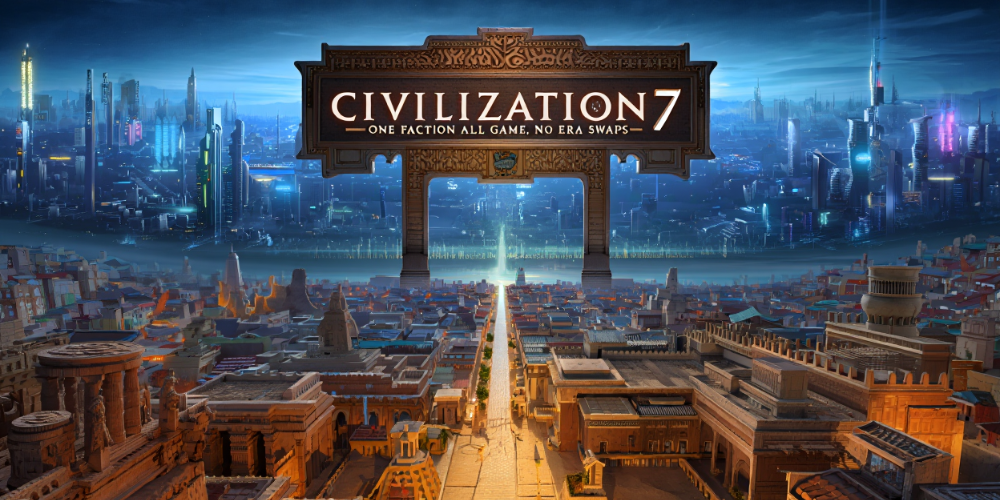Civilization 7’s Bold Test: One Faction All Game, No Era Swaps
2025-10-28

If you’ve been tracking Firaxis’ briefings on Civilization 7, the headline is clear: dramatic changes are in testing, and the studio is actively exploring a path that lets you bypass the contentious Ages framework and run a single faction from start to finish. That doesn’t mean the evolving-culture fantasy is gone; it means options are on the table so identity purists can keep a cohesive saga without era swaps. The team frames it as flexibility, not retreat, and early talk suggests the toggle sits alongside other advanced setup rules. Cautious optimism feels right here, because pacing, power curves, and victory timing all hinge on how this choice is tuned.
The initial Civ 7 pitch leaned into historical shifts by letting your society change flavor with each era, blending traits and uniques as you adopt new cultural banners. Players who love Humankind’s approach cheered; others worried about identity churn, UI load, and snowball complexity. Firaxis’ experiment addresses that friction: keep your launch civilization the whole way while still earning era perks through a legacy track that layers bonuses without rebranding your people. Think of it as a national ethos meter that grows with milestones, granting policy slots, adjacencies, or civic cards that echo the spirit of an age without forcing a re‑pick.
Mechanically, the question is how one‑faction continuity maps onto leaders, agendas, and unique kits. A stable civ needs upgrade paths so signature units and infrastructure remain relevant, not relics. Expect soft rebalancing like improved promotions, modernization projects, or tiered buildings that preserve identity while scaling yields. Era Score or its successor can persist to pace Golden‑style momentum, and loyalty, culture pressure, and grievances still gate expansion. Diplomatic visibility, city‑state suzerainty, and great people contests then carry the strategic drama, with the toggle simply changing how often your empire’s label evolves on the diplomacy screen.
For strategy fans, the toggle radically shapes planning. A single‑civ run rewards long horizon adjacency maps, wonder timing that multiplies the same core bonuses, and policy synergies you can lock for decades. In contrast, culture‑shift runs keep the sandbox fresh with new spikes and pivots. Firaxis says both paths must hit parity on win rates, so expect careful tuning of yields, costs, and AI priorities. Advanced setup will likely expose knobs for pace, map aggression, and barbarian activity, while modders get hooks to craft presets. Whether it lands at launch or arrives in a post‑release update, the intent is sustained agency, not confusion.
Conclusion
Bottom line: Firaxis is trying to let you author the kind of story you prefer, either a single banner that matures through eras or a mosaic that morphs with new strengths. Watch for public playtests, diary posts on systems like legacy tracks, and AI updates that understand both styles. If you favor continuity, pick a civilization whose uniques scale or upgrade cleanly, plan your districts with future adjacency in mind, and invest in great people that amplify your core loop. If you want change, embrace era goals that unlock different kits. Either way, the series is courting choice without losing clarity.






